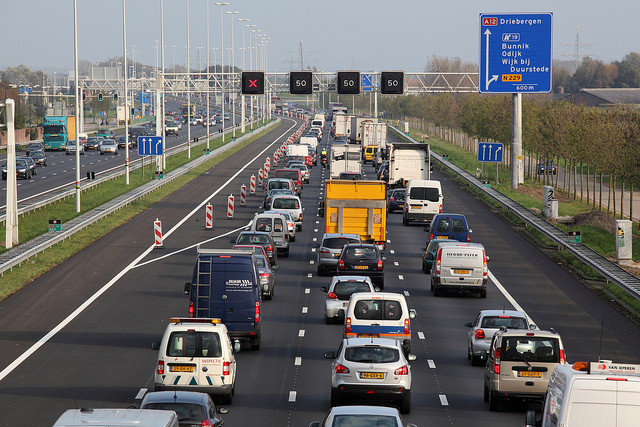De gelede Rechtsorde
The long arm of EU law: EU animal welfare legislation extended to international road transport
The Court of Justice of the EU has recently rendered an important judgment that will please animal welfare activists, especially those concerned about the welfare of animals outside the EU. Less pleased will be road transporters and foreign nations.
In Zuchtvieh-Export GmbH v Stadt Kempten, Case C-424/13, 23 April 2015, the Court held that the application of an EU Regulation concerning the welfare of animals during transport does not limit itself to road transports within the EU. According to the Court, it also applies to such transports between an EU place of departure and a non-EU place of destination. This means that, in the case, a cattle transport leaving from Kempten in Germany and arriving in Uzbekistan had to comply with EU law also after crossing the external EU border, notably on the territory of the Russian Federation. The exporter will now have to ensure that after 14 hours of travel, a rest period of at least one hour should be organized, during which the animals must be given liquid and if necessary fed. Subsequently, the animals may be transported for a further period of up to 14 hours, at the end of which animals must be unloaded, fed and watered and be rested for at least 24 hours. These rules are far stricter than what the exporter had planned to enter into his journey log: he had planned only two rest periods, one upon crossing the external EU border and another in Kazakhstan. The journey between those points was expected to take 146 hours (entirely in accordance with local legislation).
There is no denying that transported animals are much better off when EU law rather than local law applies outside the territory of the EU. The question arises, however, whether it is entirely legitimate to export EU law beyond EU borders. The Court may well have held that the long arm of the Regulation is based on its very text, and is accordingly mandated by EU law itself. But this long arm is not necessarily well-received by countries outside the EU, which may see their own legislation supplanted by EU law. Nor may transnationally active economic operators be very keen on geographically expanded EU law. Such law may push up their business costs, as well as catch them between a rock and a hard place, where EU regulations clash with local regulations.
The European Commission appeared to be aware of these problems: it submitted before the Court that a distinction was to be made between transport within the EU and transport with third states, and that only certain fundamental requirements under the Regulation would apply to transport stages outside the EU. The Court did not follow the Commission and held that the Regulation applied in full, also outside the EU. To its credit, however, the Court conferred a margin of discretion on national authorities not to apply the animal welfare rules of the Regulation to their fullest extent, in case full compliance is precluded, but only ‘at a level equivalent to those rules’. This principle of equivalence is well-known to EU law, where it typically takes the form of mutual recognition or adequacy requirements. However, the use of the standard of equivalence, also for purposes of applying the EU animal welfare Regulation to activities in third countries, invites the question as to what local regulation could exactly be considered as ‘equivalent’. It appears that, almost inevitably, regulators will have to determine ‘equivalence’ on a case-by-case basis. Where foreign law prohibits what EU law mandates – the scenario cited by the Court as warranting application of the standard of equivalence – one may surely wonder how such law could still provide equivalent protection, unless the preclusion applies only to non-essential aspects of EU law.
To me it seems that in the large majority of cases foreign animal welfare law will in all likelihood not directly conflict with EU law, simply because the former usually only contains minimum obligations. Accordingly, in spite of the mitigating circumstances cited by the Court, EU animal welfare law will normally apply in its entirety to international road transports with a non-EU component. From an animal welfare perspective, this approach is laudable. However, it undermines international comity, as it foists EU law, reflecting regional and not universal moral choices, on foreign nations. Expect complaints from foreign nations if the higher transport costs cause exporters to reduce cattle road transport outside the EU.


